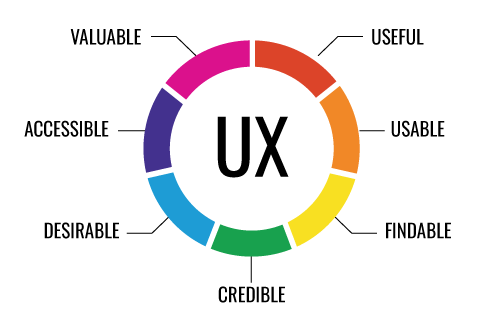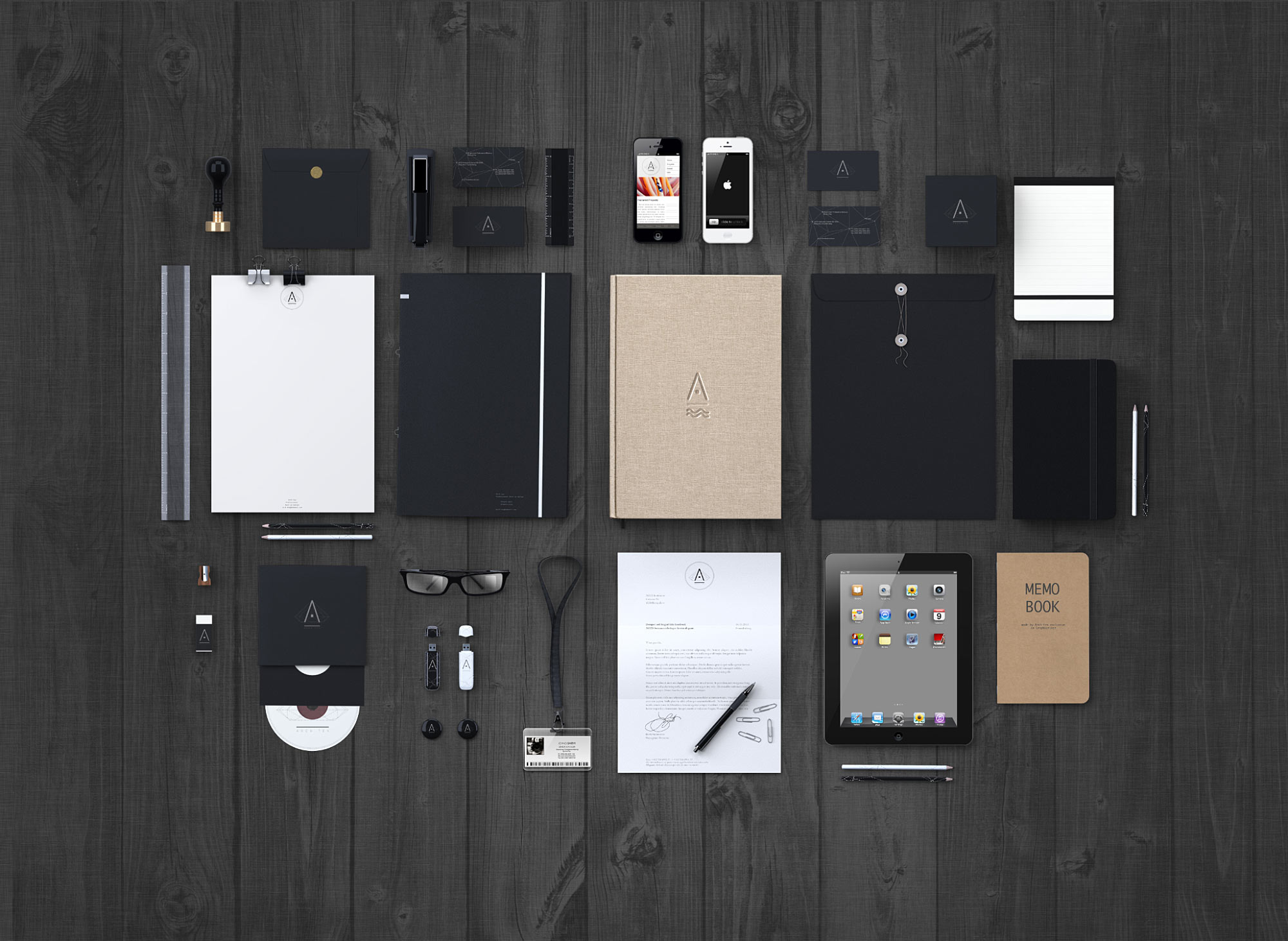Understanding UX
User experience (UX) design defines the experience a user would go through when interacting with a company, its services, and its products. A User centered design approach works because it considers the user’s experience when using a product
or platform.

There are 7 factors that can describe the elements of user experience
Useful
If a product isn’t useful to someone why would you want to bring it to market? It’s worth noting that “useful” is in the eye of the beholder and things can be deemed “useful” if they deliver non-practical benefits such as fun or aesthetic appeal.
Usable
Usability is concerned with enabling users to effectively and efficiently achieve their end objective with a product.
The iPod wasn’t the first MP3 player but it was the first truly usable MP3 player.
Findable
Findable refers to the idea that the product must be easy to find. The content within them must be easy to find too. If you cannot find a product, you’re not going to buy it and that is true for all potential users of that product.
Credible
Credibility relates to the ability of the user to trust in the product that you’ve provided. Not just that it does the job that it is supposed to do but that it will last for a reasonable amount of time and that the information provided with it is accurate and fit-for-purpose.
Desirable
Desirability is conveyed in design through branding, image, identity, aesthetics, and emotional design. The more desirable a product is – the more likely it is that the user who has it will brag about it and create desire in other users.
Accessible
Accessibility is about providing an experience which can be accessed by users of a full range of abilities – this includes those who are disabled in some respect such as hearing loss, impaired vision, motion impaired or learning impaired.
Valuable
Finally, the product must deliver value. It must deliver value to the business which creates it and to the user who buys or uses it. Without value it is likely that any initial success of a product will eventually be undermined.
Designers should bear in mind that value is one of the key influences on purchasing decisions. A $100 product that solves a $10,000 problem is one that is likely to succeed; a $10,000 product that solves a $100 problem is much less likely to do so.
The Take Away
The success of a product depends on more than utility and usability alone. Products which are usable, useful, findable, accessible, credible, valuable and desirable are much more likely to succeed in the market place.
This article is from the Interaction Design Foundation and can be viewed here.

